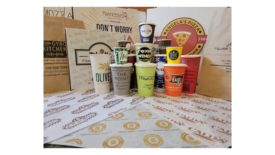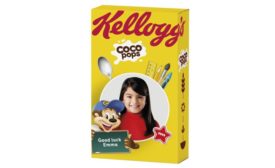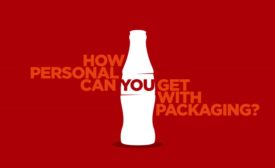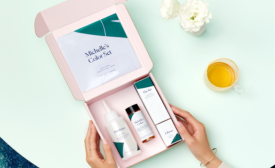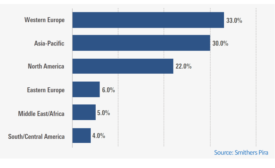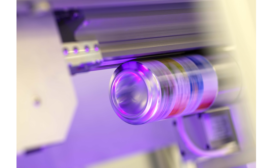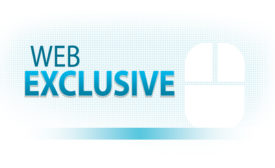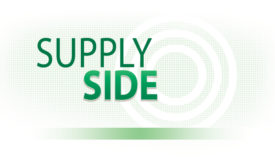Home » Keywords: » personalized packaging
Items Tagged with 'personalized packaging'
ARTICLES
Beer boom Britain – What’s in it for you?
Craft beer packaging shows canning opportunities.
April 4, 2017
Digital print for packaging
A look at the many benefits and growth in the segment.
March 7, 2017

